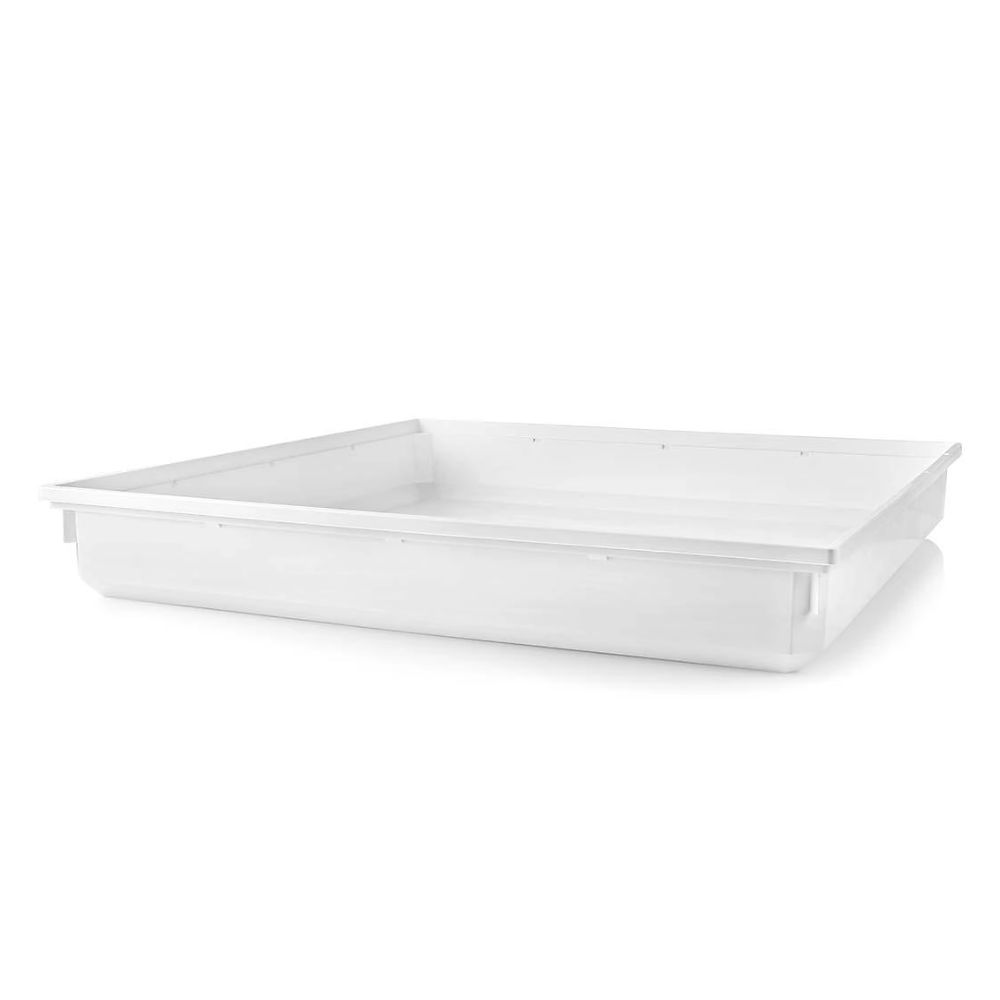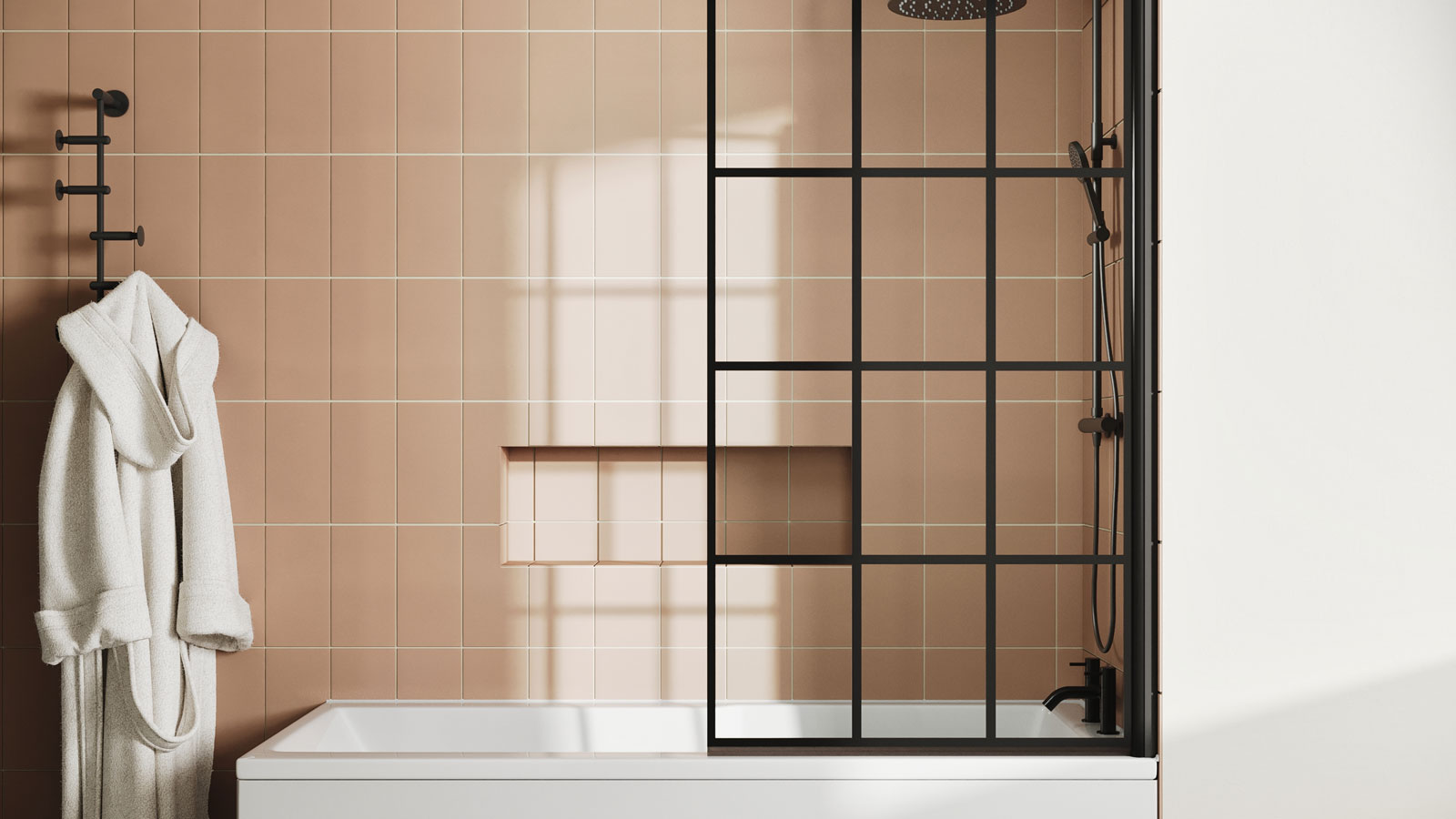Planning an upstairs laundry room? Here's everything you should know before you start
An upstairs laundry room sounds convenient but there’s more to it than simply moving your machines. From plumbing to noise control, here’s what you need to know before taking the leap
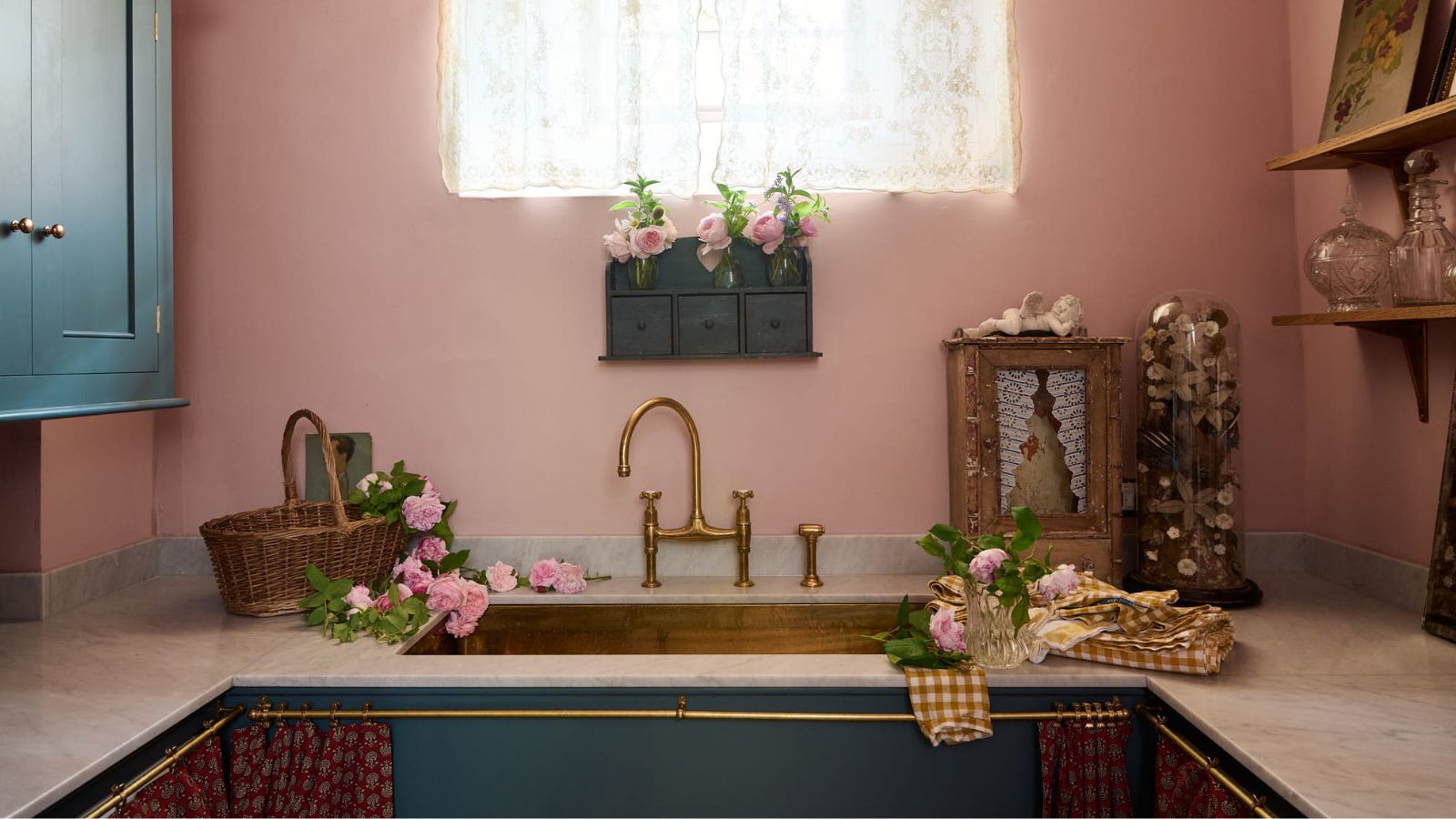
Having a laundry room upstairs certainly ticks a lot of boxes. For starters, it means no more dragging heavy laundry baskets downstairs. Instead, the washing machine is right where the laundry piles up, making life feel that little bit easier.
So, it’s easy to see why more homeowners are choosing to relocate their utility rooms upstairs. But before you commit to this setup, there are a few important things to think about. From water supply and soundproofing to floor strength and ventilation, getting the details right is essential if you want your laundry room to work well in the long term.
Here’s our handy guide to everything you should know to plan and design an upstairs laundry room that’s both practical and problem-free.
The benefits of an upstairs laundry room
The main appeal of an upstairs laundry room is, obviously, the convenience. Having your washing machine on the same level as your bedrooms cuts down on endless trips up and down the stairs with heavy laundry hampers, and brings the laundry process closer to where your clothes are actually worn, stored and sorted every day.
As Gareth Davies, design director at Classic Interiors, explains, “In homes where space is at a premium, having a laundry room upstairs makes all the difference. It saves countless trips up and down the stairs, which is especially beneficial if you’ve got kids.”
Another advantage of moving your laundry area upstairs is that it can free up valuable space on the ground floor. That utility cupboard or kitchen corner once used for appliances could become a boot room, a walk-in pantry or even an extension of your kitchen, once the space has been reclaimed.
It’s also a layout that suits modern family life. In many new builds, upstairs laundry rooms are part of the design from the outset, often tucked away in cupboards, within wardrobes or as part of an en suite. Keeping laundry close to the bedrooms in this way makes daily routines a little easier and can help keep the rest of your home feeling more organised.

Gareth Davies is Design Director at Classic Interiors, known for crafting beautifully detailed, handcrafted kitchens and interiors rooted in family-run expertise.
What to consider before you put your laundry room upstairs
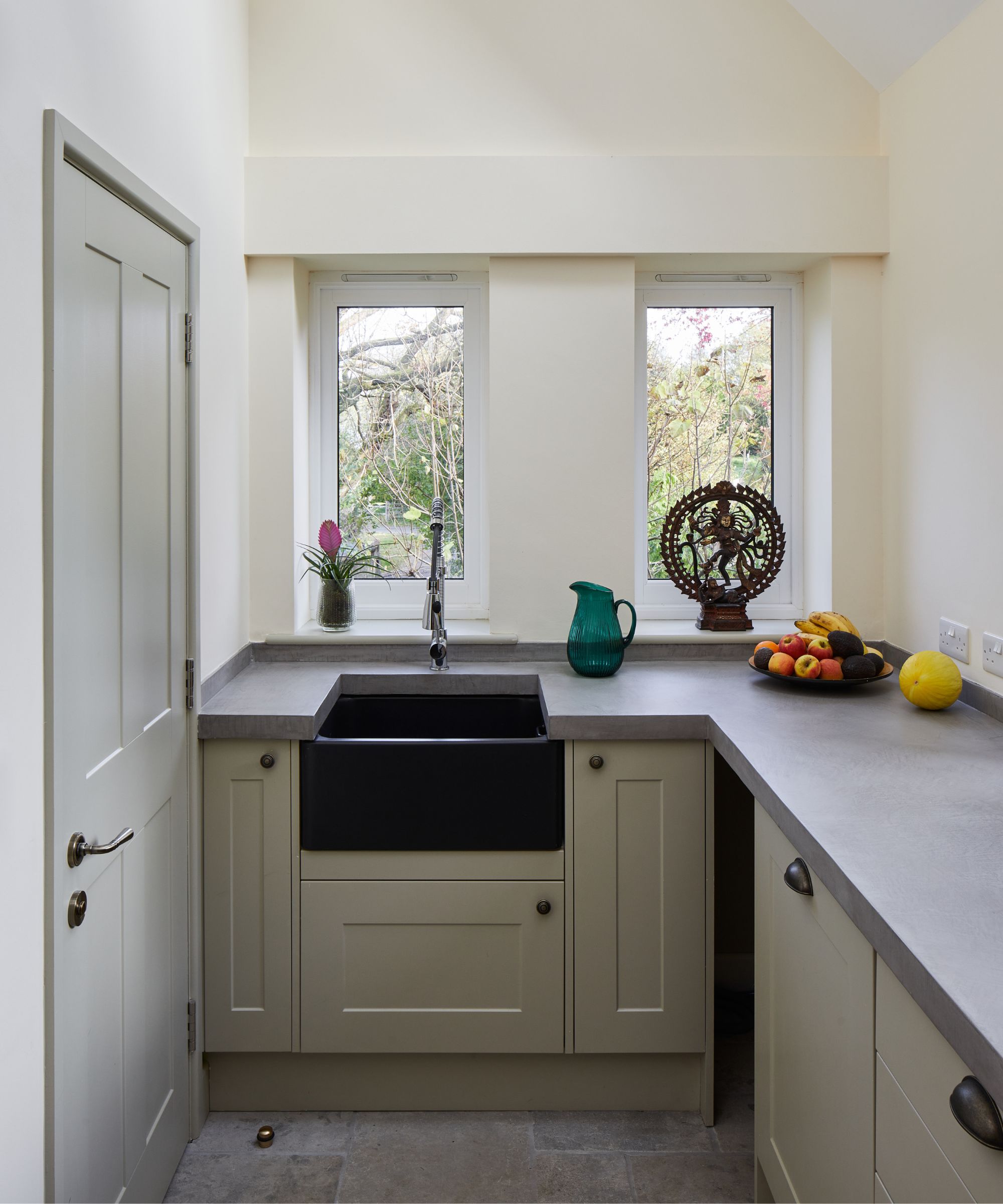
Having a laundry room on an upper floor of your home is not quite as simple as moving your appliances upstairs and plugging them in. There are a few essential considerations to think through first. Get these factors right from the outset, and you’ll avoid many of the common pitfalls that can catch home renovators out.
1. Structural support
Washing machines and tumble dryers are heavy appliances, and when they reach high spin speeds, they can produce significant vibration. If your upper floor isn’t properly supported, that movement can lead to noise issues, cracked finishes or even long-term damage to the joists.
Bring your dream home to life with expert advice, how to guides and design inspiration. Sign up for our newsletter and get two free tickets to a Homebuilding & Renovating Show near you.
This is particularly important in older homes, where timber floors may not have been designed to support this kind of load. If you're unsure, speak to a builder or structural engineer who can assess whether reinforcement is needed before installing a utility room or laundry room upstairs.
2. Plumbing and drainage
Water supply and waste drainage are both essential components in a laundry room, but they're even more important when your appliances are housed upstairs. You’ll need to connect your appliances and sink to your existing pipework, ideally from a nearby bathroom or airing cupboard, and make sure both the hot and cold supply, as well as the waste outlet, are properly routed. A licensed plumber will be able to assess what is and isn’t feasible for your setup and advise on whether extra pipework or pumps are required.
It’s also important to protect your laundry area against potential leaks. A waterproof tray or drip pan beneath the washing machine can help catch minor spills, and for added peace of mind, you might consider installing a floor drain or even a water sensor that shuts off the supply in the event of a leak.
3. Noise and vibration control
One of the most common complaints with upstairs laundry rooms is the noise they can generate. Even energy-efficient appliances can make a surprising racket when they are midway through a spin cycle.
To counteract this, choosing a low-decibel washing machine is a good place to start. When shopping for new appliances, look for models with anti-vibration technology and well-balanced drums that reduce movement during cycles. Some premium appliances even come with ultra-quiet settings. As Sophie Lane, product training manager at Miele GB, points out, “Miele washing machines have an extra quiet setting which means it will activate a rinse hold programme without the spin at 46dB – which is quieter than normal conversation.”
If you’re not planning to upgrade your appliances just yet, anti-vibration pads – such as these Steady Spin Washing Machine Stabiliser Pads for £18.50 at Amazon – are a budget-friendly way to reduce excess noise from your machines. They tuck neatly alongside your washing machine or dryer and help absorb movement before it travels through the floor.
For even more peace and quiet, it’s a good idea to soundproof the room itself. Soundproofing the walls or adding acoustic insulation between floors can make a big difference, especially in older homes where noise tends to travel more easily.

Sophie Lane is Product Training Manager at Miele GB, specialising in premium appliance performance, with a focus on energy efficiency, innovation, and quiet operation.
How to design an upstairs laundry room
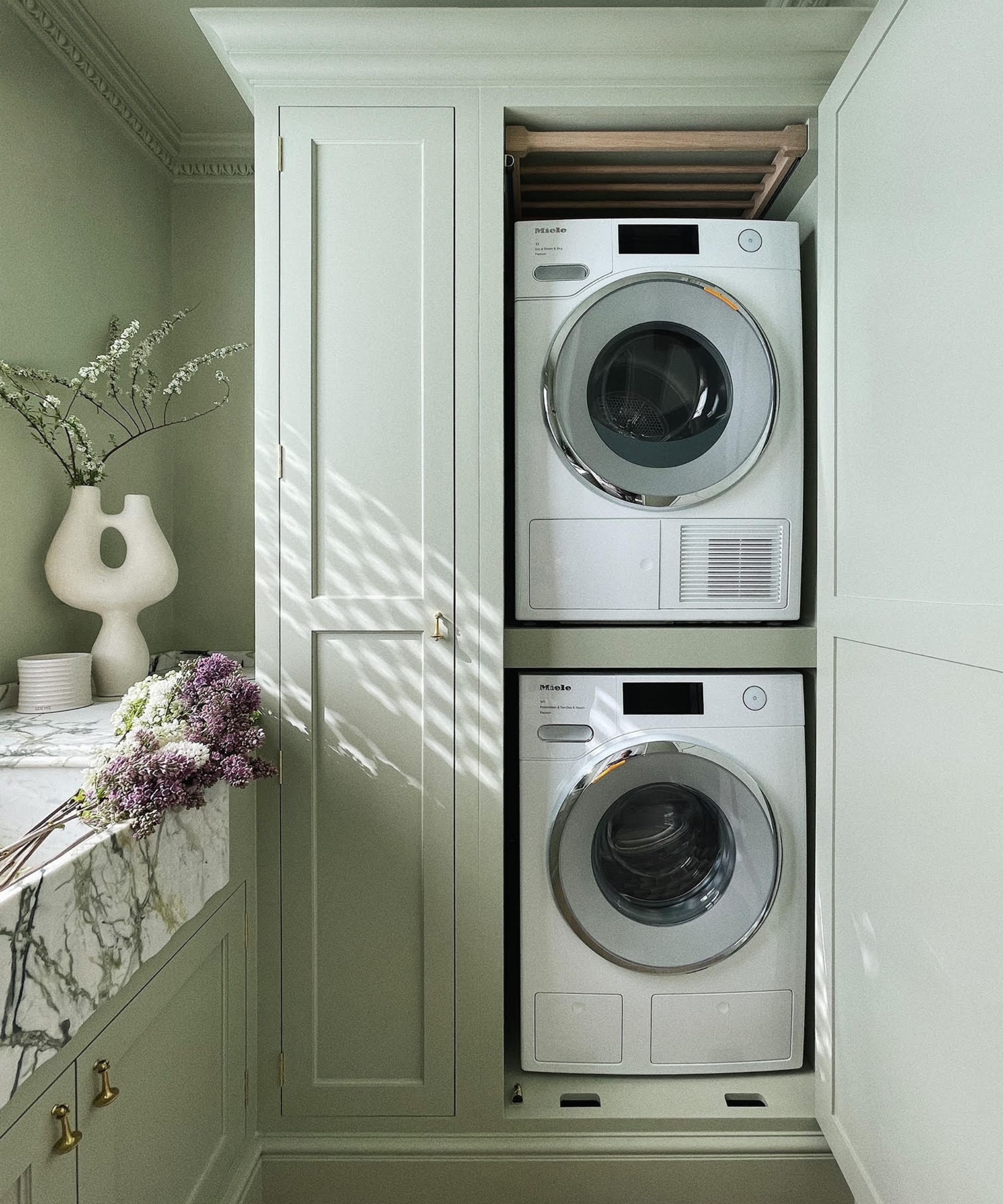
Once the groundwork has been laid, it’s time to think about how your upstairs laundry room will work day to day. From appliance placement to storage, you’ll want to iron out these details from the outset.
Start by deciding how your washing machine and dryer will sit within the space. Side-by-side appliances are ideal if you have enough room for a worktop above, which can double as a handy surface for sorting and folding. But in tighter rooms, stacking your machines is a smart way to free up floor space for cabinetry, a sink, or extra storage.
"Stacking your appliances is a great way to make more space in a laundry room," explain Sophie Lane at Miele GB. "This leaves room for shelves, drawers and cupboards which can be used for organising washing powders and detergents.”
Where possible, try to avoid placing machines too close to walls or skirting boards, as they need space around them for proper ventilation. If your laundry area is tucked into a cupboard or alcove, make sure there’s enough clearance for heat to escape and for the doors to open fully.
It’s also worth including small but useful additions that improve how your space works, such as a compact sink for handwashing or emergencies, and a discreet utility room extractor fan to keep moisture levels under control.
What’s the best flooring for an upstairs laundry room?
Your choice of flooring in an upstairs laundry room plays a bigger role than you might expect. Unlike ground floor laundry rooms, which usually only have to cope with the occasional spill, upstairs spaces also need to manage and mitigate the sound and movement of heavy appliances.
Claire Ryan, PR and digital manager at Karndean Design Flooring, explains why it's worth giving this element proper thought early on in the planning stages: “You might be tempted to throw down something simple and call it a day, but laundry rooms, especially upstairs ones, have some specific needs. It’s all about choosing something that’s practical, durable and ideally, good-looking too."
One option designed with these demands in mind is rigid core Luxury Vinyl Tile (LVT). “Washing machines aren’t always the quietest things,” Claire explains, “and if you’ve got one spinning away directly above a bedroom or living space, you’ll feel every thump and whirr. Thankfully, rigid core flooring, like Karndean’s LVT rigid core range, is designed with sound in mind, as it has an acoustic backing that helps reduce noise transfer between floors.”

Claire Ryan is PR and Digital Manager at Karndean Designflooring, specialising in luxury vinyl flooring and leading strategic communications across the interiors and design sector.
FAQs
Can I put an upstairs laundry room in a cupboard or alcove?
Yes you can, and it’s a great way to save space, especially in smaller homes. However, you’ll need to make sure you have enough room for the machine doors to open fully and still have safe access to plumbing and electrics. If you choose to stack your appliances, always use a proper stacking kit – like this Universal Freestanding Appliance Stacking Kit for £199 at DIY.com – to keep them secure and make sure the cupboard your choose is well ventilated to prevent heat and moisture from building up inside.
What are the downsides to an upstairs laundry room?
While an upstairs laundry room can be incredibly convenient, there are a few potential drawbacks to be aware of. One of the biggest concerns is the risk of leaks, which can cause serious damage to the rooms below if your design doesn’t include adequate protection like drip trays, waterproof flooring or shut-off valves.
Noise is another common issue, particularly if machines are running above bedrooms or living spaces. Without proper soundproofing or acoustic flooring, vibration can easily travel through the structure of the home.
And if you’re retrofitting a laundry area into an existing home, it’s worth noting that additional plumbing and structural work may be needed, which can increase both the overall costs of a utility room and add to the complexity of the work required.
When done well, an upstairs laundry room is both a thoughtful and functional upgrade to your home; which is why a well-designed, well-placed utility room adds value both in everyday life and when it comes time to sell.

Gabriella is an interiors journalist and has a wealth of experience creating interiors and renovation content. She was Homebuilding & Renovating's former Assistant Editor as well as the former Head of Solved at sister brand Homes & Gardens, where she wrote and edited content addressing key renovation, DIY and interior questions.
She’s spent the past decade crafting copy for interiors publications, award-winning architects, and leading UK homeware brands. She also served as the Content Manager for the ethical homeware brand Nkuku.
Gabriella is a DIY enthusiast and a lover of all things interior design. She has a particular passion for historic buildings and listed properties, and she is currently in the process of renovating a Grade II-listed Victorian coach house in the West Country.
